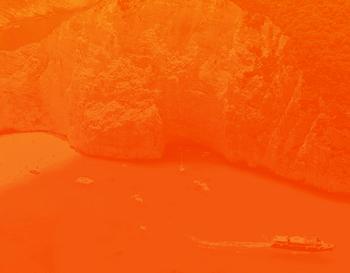Tal Mintna Catacombs in Mqabba were discovered in 1860 by Dr. A Caruana and Captain Strickland. One of the main features of this burial ground is that of detached underground sets of burial chambers grouped collectively next to each other. Although originally unconnected to one another these three separate hypogea have now been interconnected to form one larger complex. Each of these groups has separate entry points through ducts open to the sky from the moor of Mintna; they also have their very own internal composition, similar to those of all pagan Maltese tomb-caves. Like similar small clusters found in the vicinities the interior excavation is made up of small galleries and oven shaped tombs, carved out on both sides of the passageways.
The Maltese catacombs also provide ample evidence for space dedicated to the celebration and commemoration of the dead. At Tal Mintna Catacombs the ritual table known as the "triclinium" table dominates the whole configuration of the crypts. It is suggested that the latter was used by the mourners to celebrate a banquet or feast for the dead.
These burial chambers are quiet richly decorated; elaborately carved scallop-shell decorations can be seen on the conchs of numerous window tombs frequently accompanied by a number of decorated pilasters flanking the entrance of the said window tombs. Eight pyramidal shaped 'lamp-holes' can also be seen opposite the agape table.
The very close architectural connection between the late Punic tombs and the Christian Hypogeum might suggest that the early Christians might have taken on Punic burial traditions to which they gave new significance. The latter can be seen very clearly at Tal Mintna where the cellular type of the graves, each with an oven-shaped opening invariably brings to mind Phoenician tomb-caves.
The occurrence of a circular "exedra", a niche with a raised seat, with a basin, frequently found within early Christian cemeteries, and of an altar-piece may suggest that the place, formerly the property of pagans, was consequently expanded and converted into a Christian cemetery by reason of the owners becoming Christians. The area round Mintna is full of similar small Christian groups, indicating the presence of an early Christian community in the surrounding area.


Similar Topics
-
St Paul's Catacombs Rabat Malta
Posted by Sliema2 in Malta and Gozo Discussion Forum
-
Abbatija tad Dejr Catacombs Nigret limits of Rabat Malta
Posted by Sliema2 in Malta and Gozo Discussion Forum
-
Hi from Malta
Posted by Glynis HT Admin in Malta and Gozo Discussion Forum
-
AIR MALTA ... Q&As
Posted by dolphin251270 in Flight Only / Airline and Airports
-
Anyone been to Malta yet
Posted by sooze29 in Malta and Gozo Discussion Forum
